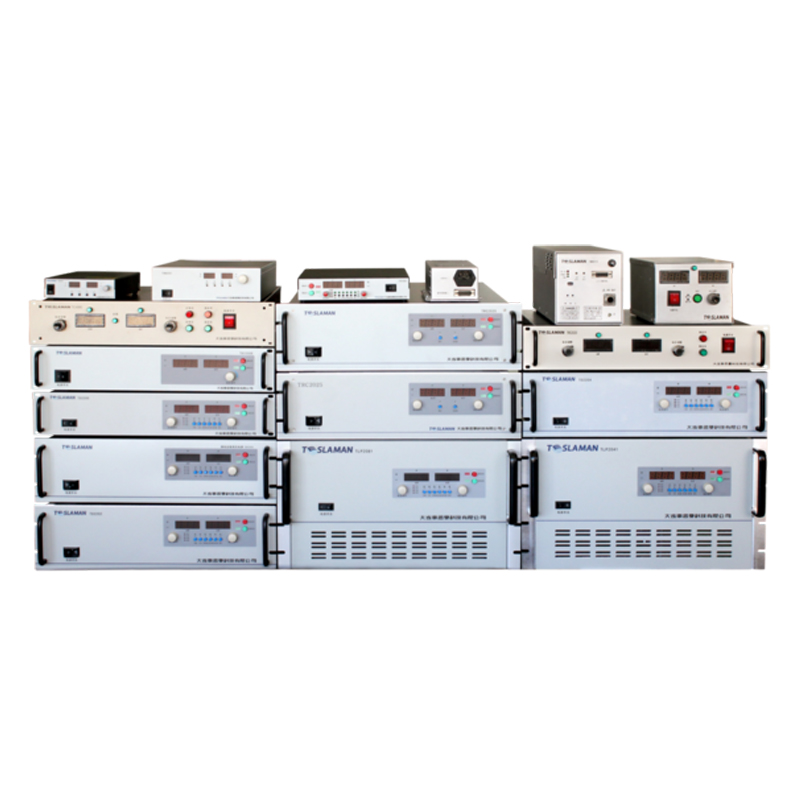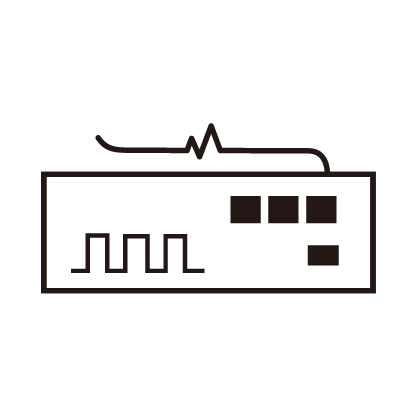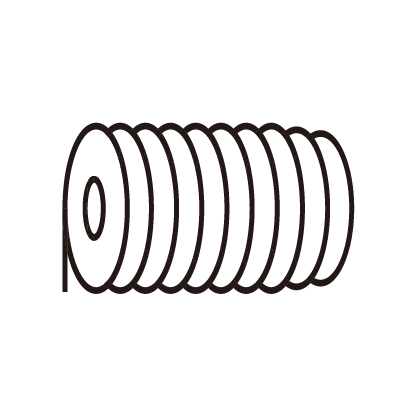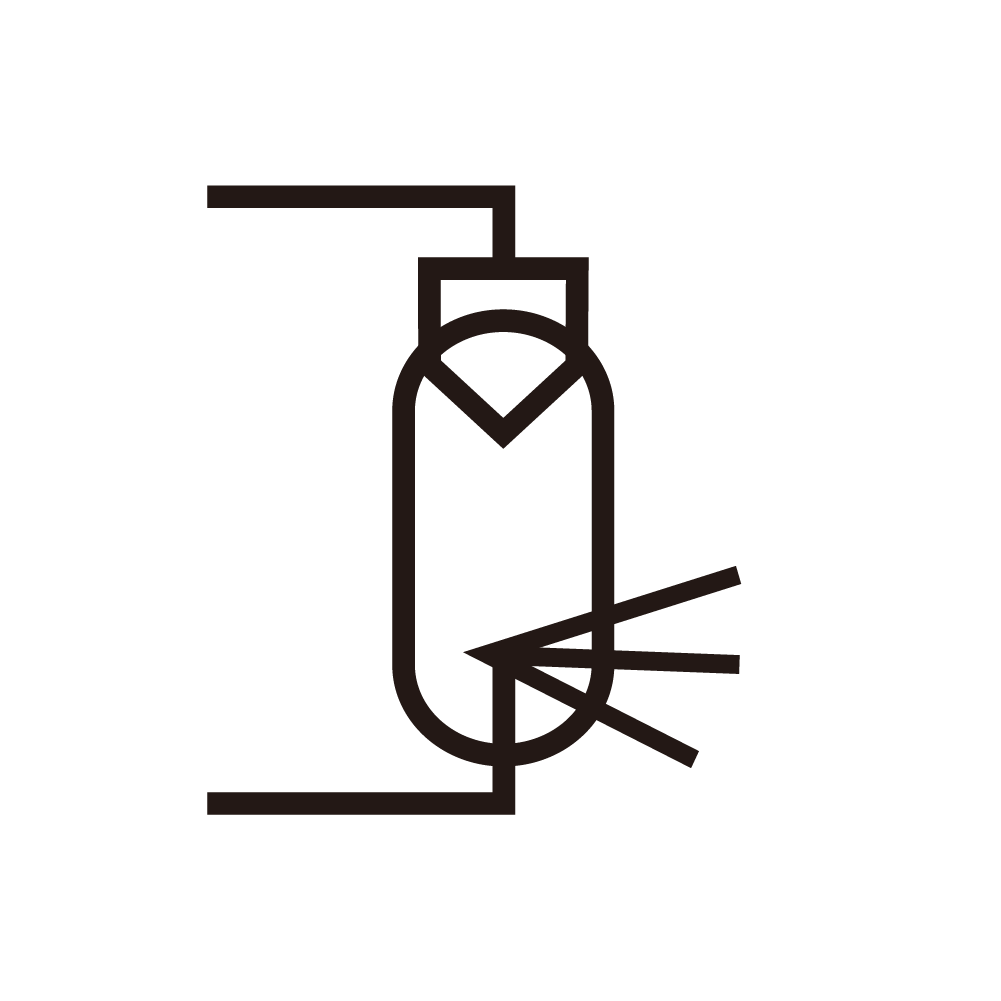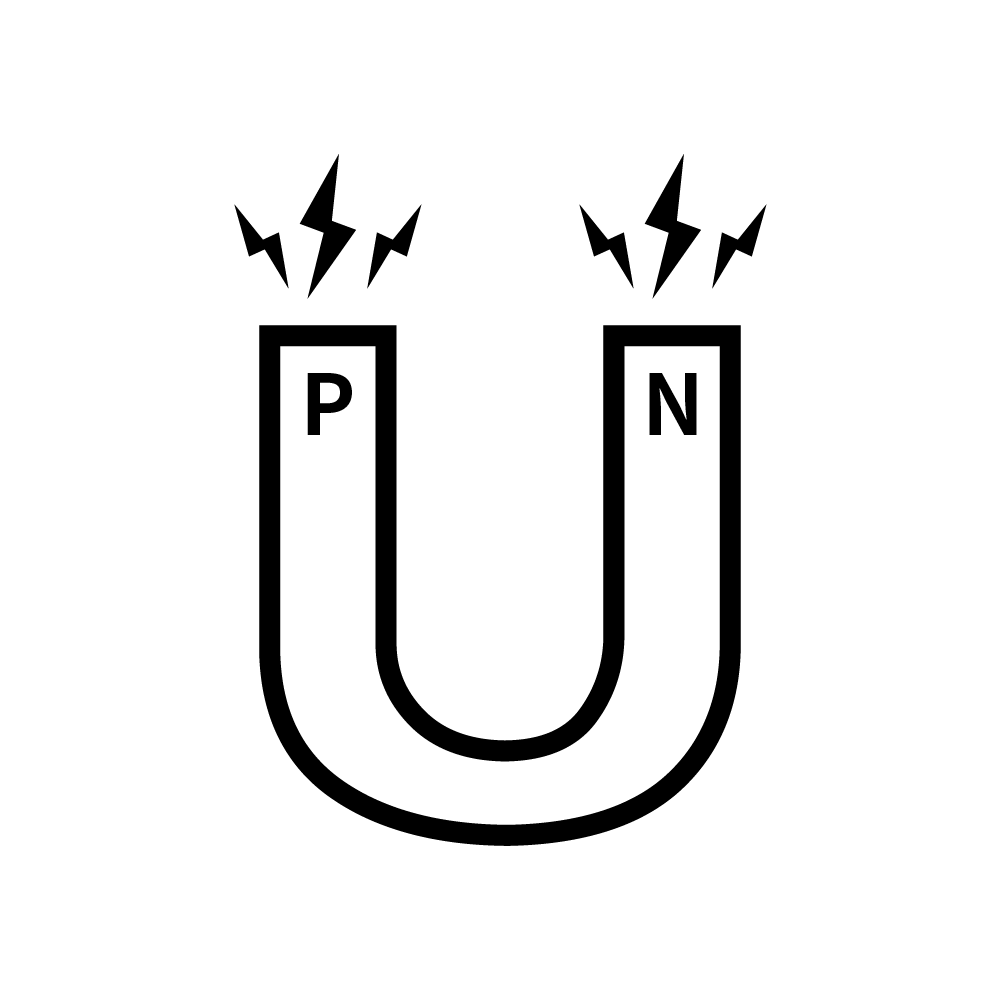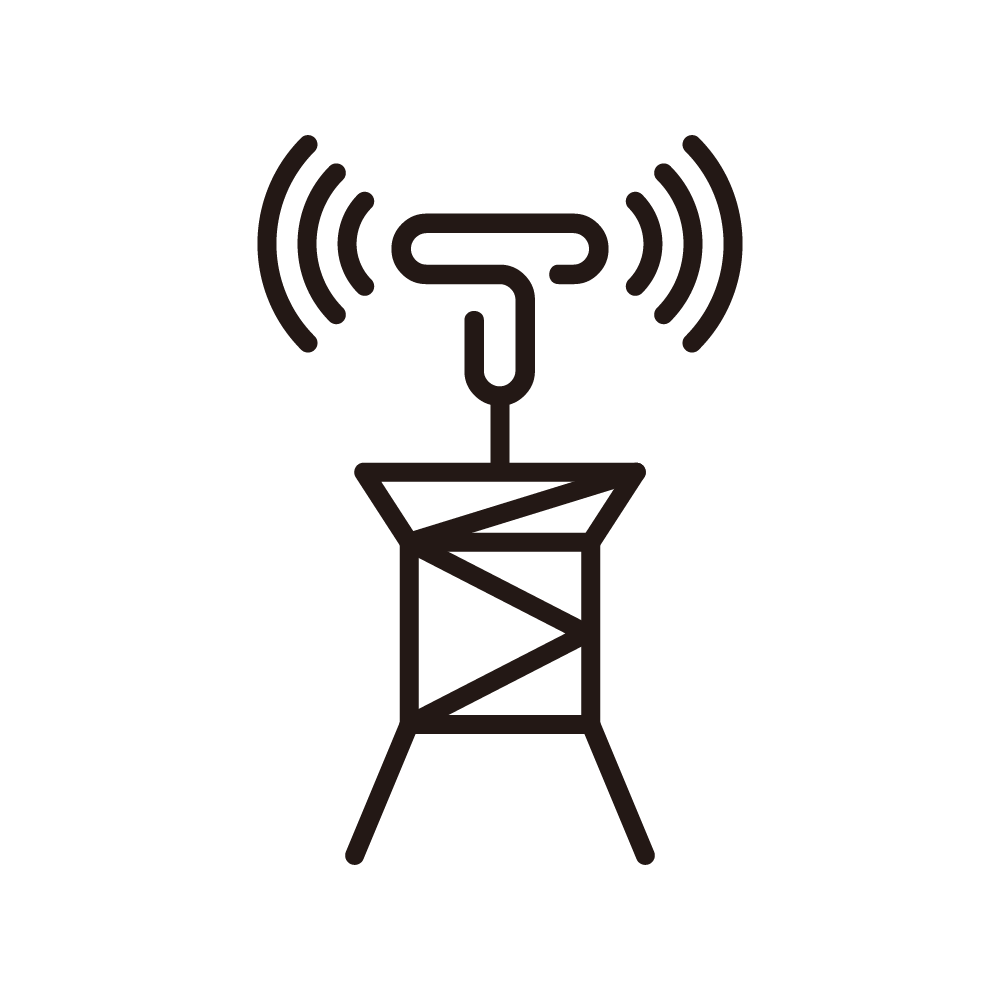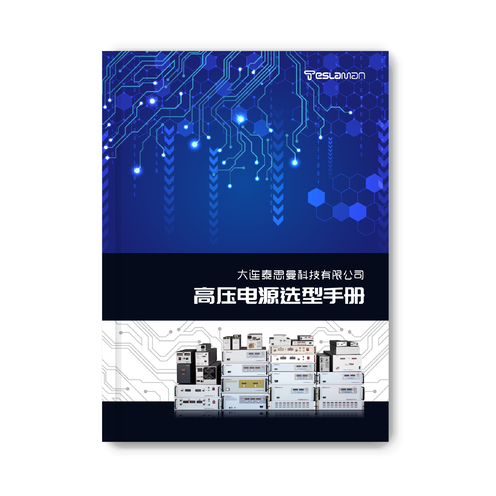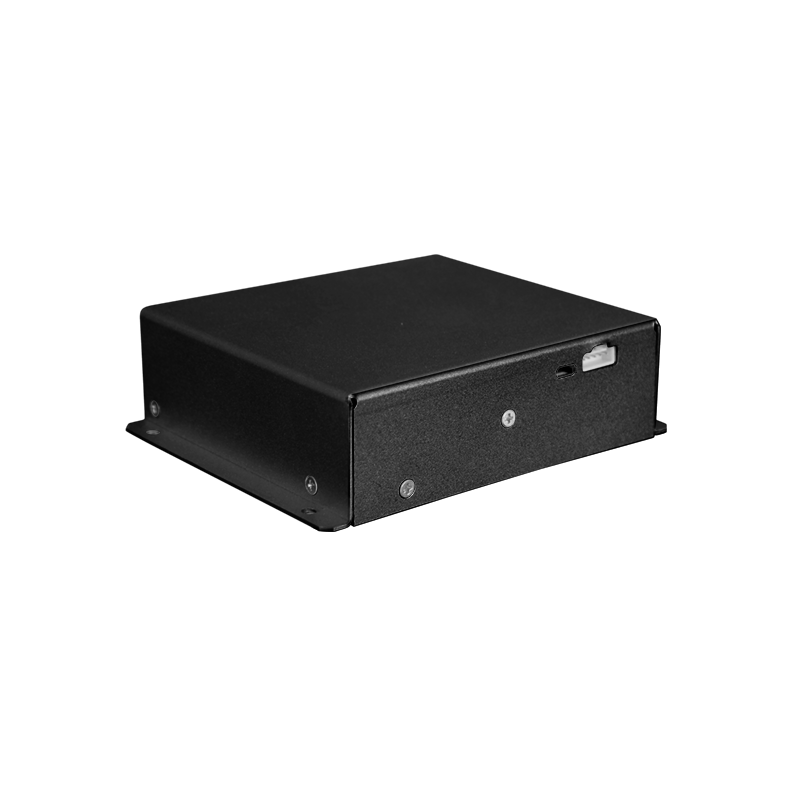Radiation Protection Measures for High-Voltage Power Supplies in Irradiation Sterilization
In the field of irradiation sterilization, high-voltage power supplies, as core devices for generating ionizing radiation, pose potential radiation risks while operating efficiently. To ensure the safety of operators and prevent environmental radiation pollution, it is essential to establish a comprehensive and scientific radiation protection system. Only by coordinating multi-dimensional protection measures, ranging from shielding technologies and equipment optimization to management systems, can the radiation hazards be minimized.
Shielding protection is the most direct and effective radiation protection method. For irradiation sterilization devices, shielding materials with high atomic numbers and densities, such as lead and concrete, are required to construct protective barriers. Lead, due to its high density and excellent absorption capacity for gamma rays and X-rays, is often used to make shielding layers. Concrete, on the other hand, is suitable for large-scale protective structures due to its lower cost and ease of molding. When designing the shielding body, it is necessary to accurately calculate the intensity and energy of the radiation source, as well as the thickness of the shielding material. The shielding effect can be ensured to meet safety standards through a combination of theoretical models and experimental verifications. Meanwhile, for weak areas such as gaps and holes in the equipment, special sealing materials and structural designs should be employed to prevent radiation leakage.
Equipment optimization is an important approach to reducing radiation risks. By improving the structural design of high-voltage power supplies, unnecessary radiation scattering can be minimized. For example, optimizing the shape and size of the electron acceleration cavity and reasonably arranging internal components can make the movement path of charged particles more regular, thereby reducing additional radiation caused by particle scattering. In addition, radiation absorption devices should be installed at key parts of the high-voltage power supply, such as using materials like boron-containing polyethylene to absorb neutron radiation, further reducing the radiation dose. Regular maintenance and inspection of the equipment are also crucial to promptly detect and repair components that may lead to radiation leakage, ensuring the equipment operates safely at all times.
Radiation monitoring and early warning systems are key defense lines for ensuring safety. Multiple radiation monitoring probes should be deployed within the irradiation sterilization area to monitor the radiation dose rate in real-time. These probes should have high sensitivity and rapid response capabilities, enabling them to promptly capture even slight changes in radiation levels. The monitoring data is transmitted to the central control system via the network. Once the radiation dose exceeds the preset threshold, the system immediately issues audible and visual alarms and automatically activates emergency protection procedures, such as cutting off the high-voltage power supply and closing protective doors. Moreover, personal dosimeters should be provided to operators to record their received radiation doses in real-time, and regular dose assessments should be conducted to ensure their health and safety.
The improvement of management systems is equally indispensable. Strict operating procedures should be formulated to clarify the responsibilities and operation processes of operators, ensuring that there are norms to follow in all aspects, including equipment startup, operation, and maintenance. Strengthening radiation protection training for operators enables them to be familiar with radiation hazards, master protection skills, and know emergency response methods. Establishing radiation protection archives to record equipment operation parameters, radiation monitoring data, and personnel dose information in detail facilitates traceability and analysis. Regular evaluation and improvement of radiation protection measures are also necessary, and the protection plan should be adjusted according to technological developments and actual needs to ensure the effectiveness of the protection system.
Radiation protection for high-voltage power supplies in irradiation sterilization requires the comprehensive application of multiple measures, including shielding protection, equipment optimization, monitoring and early warning, and management systems. Only by constructing a comprehensive and multi-level protection system can the advantages of irradiation sterilization technology be fully utilized while effectively safeguarding the safety of personnel and the environment.
